Home>Gardening & Outdoor>Landscaping Ideas>What Helps St. Augustine Grass Grow
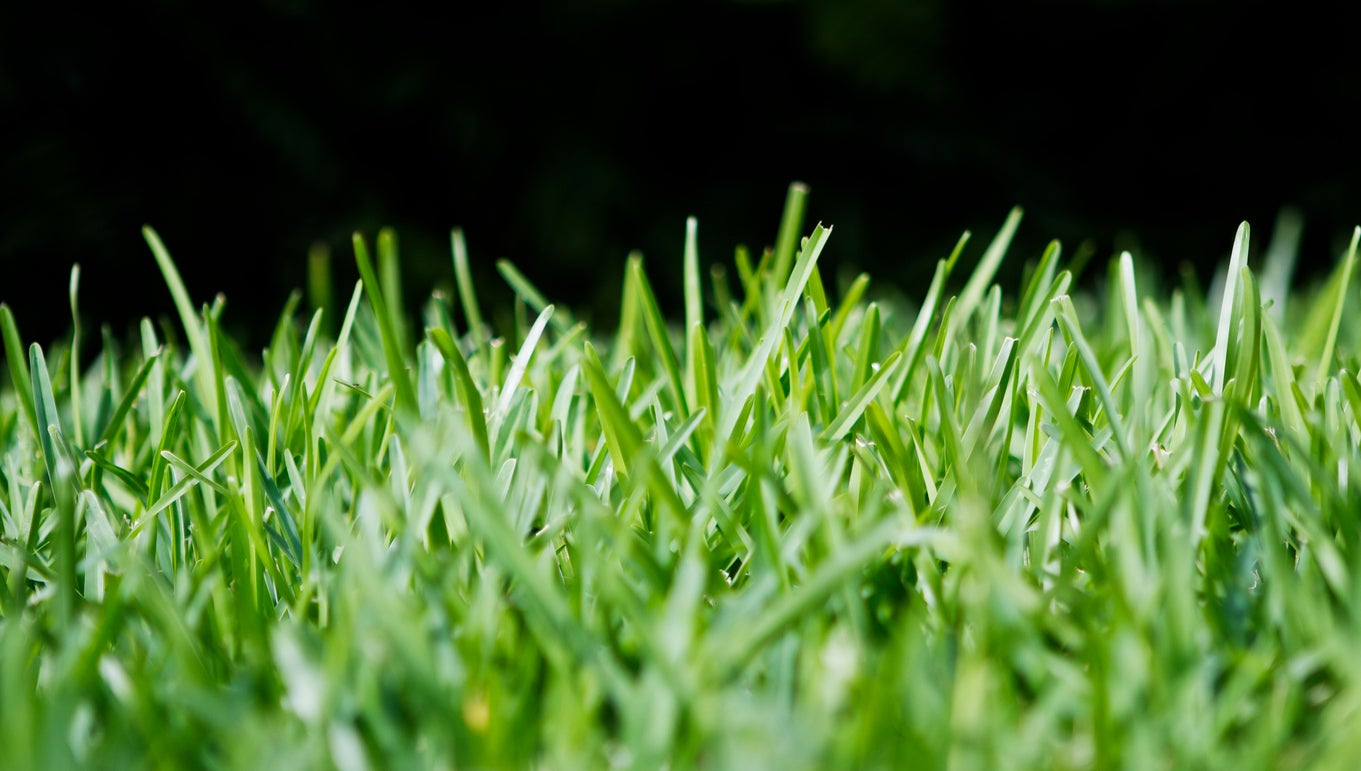

Landscaping Ideas
What Helps St. Augustine Grass Grow
Modified: March 28, 2024
Discover effective landscaping ideas to help St. Augustine grass thrive in your yard. Learn the best practices for promoting healthy growth and lush greenery.
(Many of the links in this article redirect to a specific reviewed product. Your purchase of these products through affiliate links helps to generate commission for Storables.com, at no extra cost. Learn more)
**
Introduction
**
If you're looking to transform your lawn into a lush, vibrant oasis, St. Augustine grass could be the answer to your landscaping dreams. This warm-season grass variety is celebrated for its dense, luxurious carpet-like appearance and its ability to thrive in warm, coastal regions. Cultivating a flourishing St. Augustine lawn requires a blend of proper care, attention to detail, and a deep understanding of the unique needs of this grass species.
In this comprehensive guide, we'll delve into the essential factors that contribute to the successful growth of St. Augustine grass. From ideal growing conditions to proper maintenance techniques, you'll gain valuable insights into nurturing this resilient grass variety. Whether you're a seasoned lawn care enthusiast or a novice gardener, this article will equip you with the knowledge and expertise needed to cultivate a stunning St. Augustine lawn that will be the envy of the neighborhood.
So, roll up your sleeves and get ready to embark on a journey to unlock the secrets of fostering a thriving St. Augustine grass lawn. With the right approach and a touch of green-thumb magic, you'll soon revel in the beauty of a vibrant, flourishing lawn that beckons bare feet and outdoor enjoyment. Let's dive into the world of St. Augustine grass and discover what it takes to make it thrive.
Key Takeaways:
- St. Augustine grass thrives in warm, coastal regions with ample sunlight and well-drained soil. It’s resilient, lush, and can tolerate moderate shade, making it a versatile option for various outdoor settings.
- Proper watering, fertilization, and pest control are essential for maintaining a vibrant St. Augustine lawn. Mindful practices, such as deep, infrequent watering and selective herbicide use, contribute to its enduring beauty and resilience.
Read more: How To Grow St Augustine Grass
Understanding St. Augustine Grass
Before delving into the intricacies of nurturing St. Augustine grass, it’s essential to grasp the fundamental characteristics of this resilient turfgrass variety. St. Augustine grass (Stenotaphrum secundatum), also known as Charleston grass, is a warm-season grass celebrated for its lush, dense growth and exceptional tolerance to heat and humidity. This grass variety boasts broad, flat blades and a vibrant green hue, adding a touch of elegance to any landscape.
One of the defining features of St. Augustine grass is its remarkable ability to thrive in coastal regions and other warm, humid environments. It excels in areas with mild winters and long, hot summers, making it a popular choice for lawns in the southern United States and coastal regions around the world. While it exhibits impressive heat tolerance, St. Augustine grass is sensitive to cold temperatures and may experience dormancy or browning during winter months in regions with cooler climates.
St. Augustine grass is prized for its dense growth habit, which allows it to form a thick, luxurious carpet that effectively suppresses weed growth when properly maintained. This makes it an excellent choice for homeowners seeking a low-maintenance lawn with excellent weed resistance. Additionally, its rapid lateral growth enables it to recover quickly from minor damage, such as foot traffic or pet-related wear and tear.
Another notable attribute of St. Augustine grass is its shade tolerance, making it well-suited for lawns with partial sun exposure. While it thrives in full sun, it can adapt to moderate shade, making it a versatile option for landscapes with varying light conditions. This adaptability allows homeowners to enjoy the benefits of St. Augustine grass in a range of outdoor settings, from sun-drenched lawns to partially shaded yards.
By understanding the unique traits and preferences of St. Augustine grass, you can lay the groundwork for successful lawn care practices tailored to this resilient grass variety. Armed with this knowledge, you’ll be better equipped to create an optimal environment for your St. Augustine lawn to flourish and thrive.
Ideal Growing Conditions
Creating an environment that caters to the specific needs of St. Augustine grass is paramount to fostering healthy growth and vibrant greenery. To maximize the potential of this resilient grass variety, it’s essential to provide the ideal growing conditions that align with its preferences and requirements.
St. Augustine grass thrives in warm, coastal climates characterized by ample sunlight and moderate temperatures. It flourishes in regions with mild winters and long, hot summers, making it an excellent choice for lawns in the southern United States and other coastal areas around the world. When selecting a location for your St. Augustine lawn, prioritize areas that receive abundant sunlight, as this grass variety thrives in full sun exposure.
Well-drained soil is crucial for the successful cultivation of St. Augustine grass. While it exhibits a degree of salt tolerance, it prefers soil with good drainage to prevent waterlogging, which can lead to root rot and other issues. When preparing the soil for planting or sod installation, ensure that it is well-draining and free from compaction, allowing the grassroots to establish and spread effectively.
Optimal soil pH levels play a vital role in supporting the health and vigor of St. Augustine grass. This grass variety thrives in slightly acidic to slightly alkaline soil, with a preferred pH range of 6.0 to 7.5. Conducting a soil test can provide valuable insights into the pH levels of your lawn, enabling you to make informed decisions when amending the soil to create an environment conducive to St. Augustine grass growth.
When it comes to water requirements, St. Augustine grass benefits from regular watering to maintain its lush appearance and vibrant color. Deep, infrequent watering is recommended to encourage robust root development and drought resistance. However, it’s important to avoid overwatering, as excessive moisture can lead to fungal issues and other complications. Striking a balance and adhering to a consistent watering schedule will contribute to the overall health and vitality of your St. Augustine lawn.
By understanding and implementing the ideal growing conditions for St. Augustine grass, you can lay the groundwork for a thriving lawn that showcases the beauty and resilience of this beloved grass variety. With careful attention to sunlight, soil quality, pH levels, and watering practices, you’ll set the stage for a stunning St. Augustine lawn that exudes natural elegance and enduring charm.
Proper Watering Techniques
Watering is a critical aspect of maintaining a healthy and vibrant St. Augustine lawn, and employing proper watering techniques is essential to support its lush growth and overall well-being. By understanding the specific water requirements of St. Augustine grass and implementing effective watering practices, you can nurture a resilient and visually appealing lawn that thrives under your care.
Deep, infrequent watering is the cornerstone of a successful watering regimen for St. Augustine grass. This approach encourages the development of a robust root system, enhancing the grass’s ability to withstand drought conditions and promoting overall resilience. Shallow, frequent watering should be avoided, as it can lead to shallow root growth and increased susceptibility to stressors such as heat and dry spells.
When establishing a watering schedule for your St. Augustine lawn, aim to provide approximately 1 to 1.5 inches of water per week, including rainfall. This can be achieved through a combination of rainfall and supplemental irrigation, ensuring that the grass receives adequate moisture to support its growth and vitality. Monitoring weather patterns and adjusting your watering routine accordingly can help maintain optimal soil moisture levels for your St. Augustine grass.
Early morning is the ideal time to water your St. Augustine lawn, as it allows the grass to absorb moisture before the heat of the day sets in. Watering in the morning reduces the risk of fungal diseases, as the grass blades have ample time to dry before evening, minimizing the opportunity for fungal spores to proliferate in a moist environment. Additionally, watering in the morning conserves water by reducing evaporation, maximizing the effectiveness of each watering session.
When irrigating your St. Augustine lawn, aim for deep, thorough watering sessions that penetrate the soil and reach the grassroots. This encourages the development of a deep and resilient root system, enhancing the grass’s ability to access moisture and nutrients from the soil. Avoid light, superficial watering that only moistens the surface, as it can lead to shallow root growth and increased vulnerability to environmental stressors.
By embracing proper watering techniques and adhering to a well-informed watering schedule, you can provide your St. Augustine grass with the moisture it needs to thrive and flourish. Consistent, mindful watering practices contribute to the overall health and beauty of your lawn, allowing you to revel in the lush, vibrant allure of a well-nourished St. Augustine landscape.
Tip: St. Augustine grass grows best in well-drained soil with a pH of 5.0-8.5. It needs at least 4-6 hours of sunlight daily and regular watering to thrive. Apply a balanced fertilizer in early spring and late summer to promote healthy growth.
Fertilization and Soil pH
Fertilization plays a pivotal role in nurturing the growth and vitality of St. Augustine grass, providing essential nutrients that support its lush, green appearance and overall health. Understanding the specific fertilization requirements of this resilient grass variety, along with the significance of soil pH, is instrumental in cultivating a thriving lawn that exudes natural beauty and resilience.
St. Augustine grass benefits from regular fertilization to maintain its vigor and vibrant color. A balanced, slow-release fertilizer with a nitrogen-phosphorus-potassium (N-P-K) ratio tailored to the needs of St. Augustine grass can bolster its growth and resilience. When selecting a fertilizer, opt for a formulation designed for use on St. Augustine lawns, as it will contain the appropriate blend of nutrients to support the specific requirements of this grass variety.
Applying fertilizer in the early spring, followed by additional applications in late spring and early fall, aligns with the seasonal growth patterns of St. Augustine grass and provides the necessary nutrients to sustain its lush appearance. Prioritize a fertilizer with a higher nitrogen content, as nitrogen is pivotal in promoting vibrant green growth and overall turf health. However, it’s important to follow the manufacturer’s guidelines and avoid over-fertilization, as excessive nitrogen can lead to issues such as thatch buildup and increased susceptibility to pests and diseases.
Soil pH profoundly influences the ability of St. Augustine grass to access and utilize essential nutrients from the soil. Maintaining an optimal soil pH level creates a hospitable environment for the grass’s root system, facilitating efficient nutrient uptake and utilization. St. Augustine grass thrives in slightly acidic to slightly alkaline soil, with a preferred pH range of 6.0 to 7.5.
Conducting a soil test can provide valuable insights into the pH levels of your lawn, enabling you to make informed decisions when amending the soil to optimize its pH. If the soil pH deviates from the ideal range for St. Augustine grass, amendments such as lime or sulfur can be utilized to adjust the pH and create a more conducive environment for the grass’s growth and vitality.
By embracing a well-informed approach to fertilization and understanding the influence of soil pH on St. Augustine grass, you can lay the groundwork for a thriving lawn that showcases the resilience and natural beauty of this beloved grass variety. With mindful fertilization practices and a keen focus on soil pH management, you’ll nurture a vibrant St. Augustine landscape that captivates with its lush, green allure.
Read more: How To Grow St. Augustine Grass In Florida
Controlling Weeds and Pests
Maintaining a lush and vibrant St. Augustine lawn involves proactive measures to combat weeds and pests, safeguarding the health and beauty of the grass. By implementing effective strategies to control weeds and address potential pest infestations, you can nurture a resilient and visually captivating lawn that thrives under your attentive care.
Weed control is a crucial aspect of St. Augustine lawn maintenance, as it helps preserve the grass’s dense, carpet-like appearance and minimizes competition for essential nutrients and moisture. Pre-emergent herbicides formulated for use on St. Augustine grass can be applied in early spring to prevent the germination and establishment of broadleaf and grassy weeds. These herbicides create a protective barrier in the soil, inhibiting the growth of weed seeds and reducing the likelihood of weed infestations.
In addition to pre-emergent herbicides, post-emergent weed control products tailored to St. Augustine grass can be utilized to target existing weeds without harming the grass. Selective herbicides designed for use on St. Augustine lawns effectively combat common weeds while safeguarding the health and vitality of the grass. Regular monitoring and prompt intervention can help prevent weed proliferation and preserve the pristine appearance of your St. Augustine lawn.
Pest management is another essential component of maintaining a thriving St. Augustine lawn. Common pests such as chinch bugs, armyworms, and grubs can pose a threat to the health and vigor of the grass, requiring proactive measures to mitigate potential damage. Regular inspection of the lawn for signs of pest activity, such as irregular patches of discolored or damaged grass, enables early detection and targeted intervention.
Applying insecticides specifically formulated for St. Augustine grass can effectively combat pest infestations while minimizing the impact on beneficial organisms and the surrounding environment. These targeted treatments address pest issues without compromising the overall health and resilience of the grass, allowing you to preserve the beauty and vitality of your St. Augustine lawn.
By implementing a comprehensive approach to weed control and pest management, you can safeguard the lush, vibrant allure of your St. Augustine lawn while nurturing its resilience and natural beauty. Proactive measures to combat weeds and pests contribute to a healthy and visually captivating lawn that invites admiration and outdoor enjoyment.
Mowing and Maintenance
Proper mowing and regular maintenance are essential components of nurturing a healthy, vibrant St. Augustine lawn, contributing to its lush appearance and overall resilience. By embracing effective mowing practices and adhering to a consistent maintenance routine, you can cultivate a visually captivating and enduring landscape that showcases the natural beauty of this beloved grass variety.
When it comes to mowing St. Augustine grass, it’s crucial to adhere to the recommended mowing height to support its optimal growth and vigor. Maintaining the grass at a height of 3.5 to 4 inches promotes a dense, lush appearance while aiding in weed suppression and enhancing the grass’s ability to withstand environmental stressors. Avoiding excessively low mowing heights is imperative, as it can stress the grass and compromise its resilience.
Regular mowing, conducted at the appropriate height, encourages the development of a strong root system and promotes lateral growth, contributing to the grass’s ability to recover from minor damage and maintain its luxurious carpet-like appearance. It’s important to adhere to a consistent mowing schedule, adjusting the frequency based on the grass’s growth rate and seasonal variations. Avoid removing more than one-third of the grass blade length in a single mowing session to prevent stress and maintain the overall health of the lawn.
As part of the maintenance regimen for St. Augustine grass, it’s essential to address thatch accumulation to prevent potential issues and maintain optimal growing conditions. Thatch, a layer of organic debris that accumulates between the grass blades and the soil, can impede water and nutrient penetration, leading to reduced vigor and increased susceptibility to stress. Periodic dethatching or core aeration can help alleviate thatch buildup and promote a healthy, resilient lawn.
Regular irrigation, tailored to the specific water requirements of St. Augustine grass, is instrumental in maintaining optimal soil moisture levels and supporting the grass’s lush growth. Deep, infrequent watering sessions, combined with attentive monitoring of soil moisture, contribute to the overall health and resilience of the grass, enabling it to thrive in its environment.
By embracing a well-informed approach to mowing and maintenance, you can nurture a vibrant and enduring St. Augustine lawn that captivates with its lush, green allure. Consistent mowing at the appropriate height, coupled with proactive measures to address thatch accumulation and attentive irrigation practices, sets the stage for a visually captivating and resilient landscape that beckons outdoor enjoyment and admiration.
Conclusion
Embarking on the journey to cultivate a thriving St. Augustine grass lawn is an endeavor that promises to yield a landscape of enduring beauty and natural allure. By delving into the essential factors that contribute to the successful growth and maintenance of St. Augustine grass, you’ve gained valuable insights into the art and science of nurturing this resilient and visually captivating grass variety.
Understanding the unique traits and preferences of St. Augustine grass has provided a foundation for creating an optimal environment that caters to its specific needs. From ideal growing conditions that prioritize ample sunlight and well-drained soil to the significance of maintaining the appropriate soil pH, you’ve gained a deeper appreciation for the intricacies of fostering a vibrant St. Augustine lawn.
Embracing proper watering techniques, characterized by deep, infrequent watering sessions that promote robust root development, is instrumental in supporting the health and vitality of St. Augustine grass. By providing the necessary moisture and adhering to a well-informed watering schedule, you’ve set the stage for a resilient lawn that thrives under your attentive care.
Fertilization and soil pH management play pivotal roles in sustaining the lush, green appearance of St. Augustine grass, enhancing its resilience and overall vigor. By embracing mindful fertilization practices and addressing soil pH to create an optimal growing environment, you’ve laid the groundwork for a visually captivating and enduring landscape that showcases the natural beauty of this beloved grass variety.
Proactive measures to control weeds and pests, coupled with effective mowing practices and regular maintenance, contribute to the overall health and allure of a St. Augustine lawn. By implementing strategies to combat weed proliferation and address potential pest infestations, you’ve safeguarded the resilience and visual appeal of your lawn, creating an environment that beckons admiration and outdoor enjoyment.
As you continue your journey of nurturing a thriving St. Augustine grass lawn, remember that your attentive care and well-informed practices are instrumental in fostering a landscape of enduring beauty and natural elegance. By embracing the art and science of lawn care tailored to the unique needs of St. Augustine grass, you’ll revel in the joy of a vibrant, resilient lawn that invites bare feet and outdoor gatherings, serving as a testament to your dedication and green-thumb prowess.
With each mindful watering session, precise mowing pass, and proactive measure to preserve the health of your St. Augustine lawn, you’re contributing to a landscape that captivates with its lush, green allure and enduring charm. Your journey as a steward of a thriving St. Augustine grass lawn is a testament to the artistry and dedication that define the timeless allure of a vibrant, flourishing landscape.
Frequently Asked Questions about What Helps St. Augustine Grass Grow
Was this page helpful?
At Storables.com, we guarantee accurate and reliable information. Our content, validated by Expert Board Contributors, is crafted following stringent Editorial Policies. We're committed to providing you with well-researched, expert-backed insights for all your informational needs.
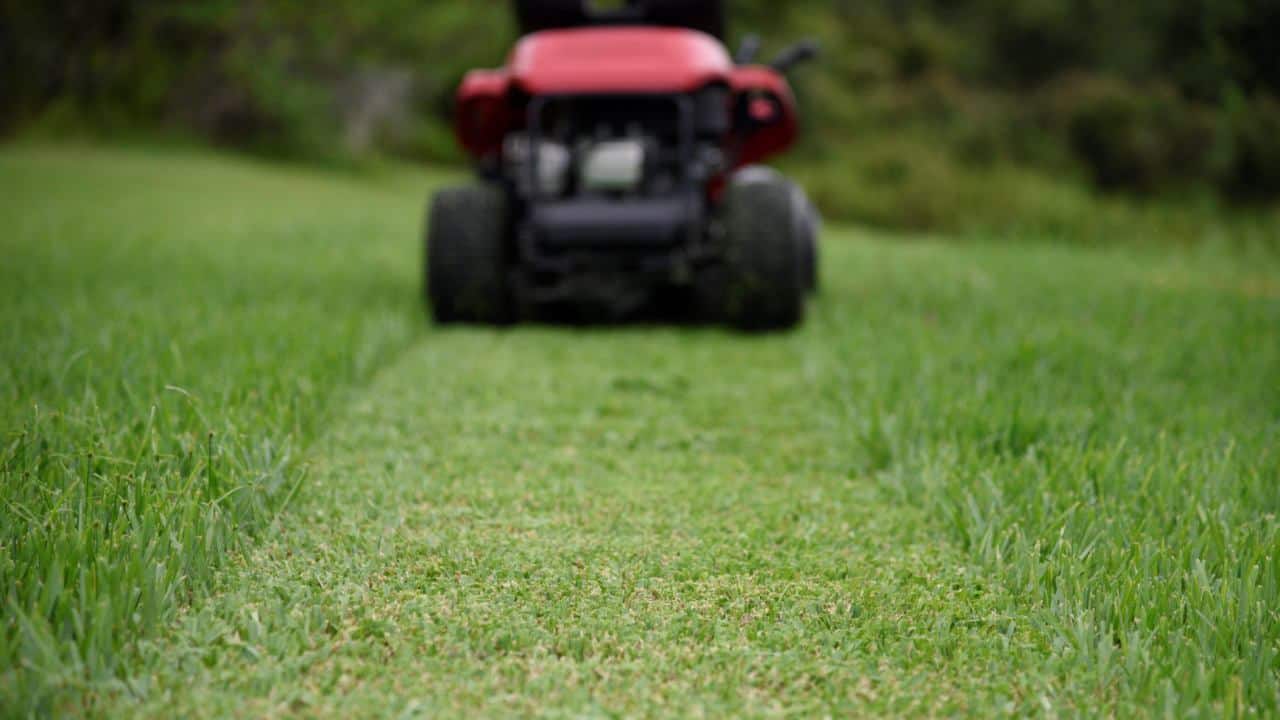
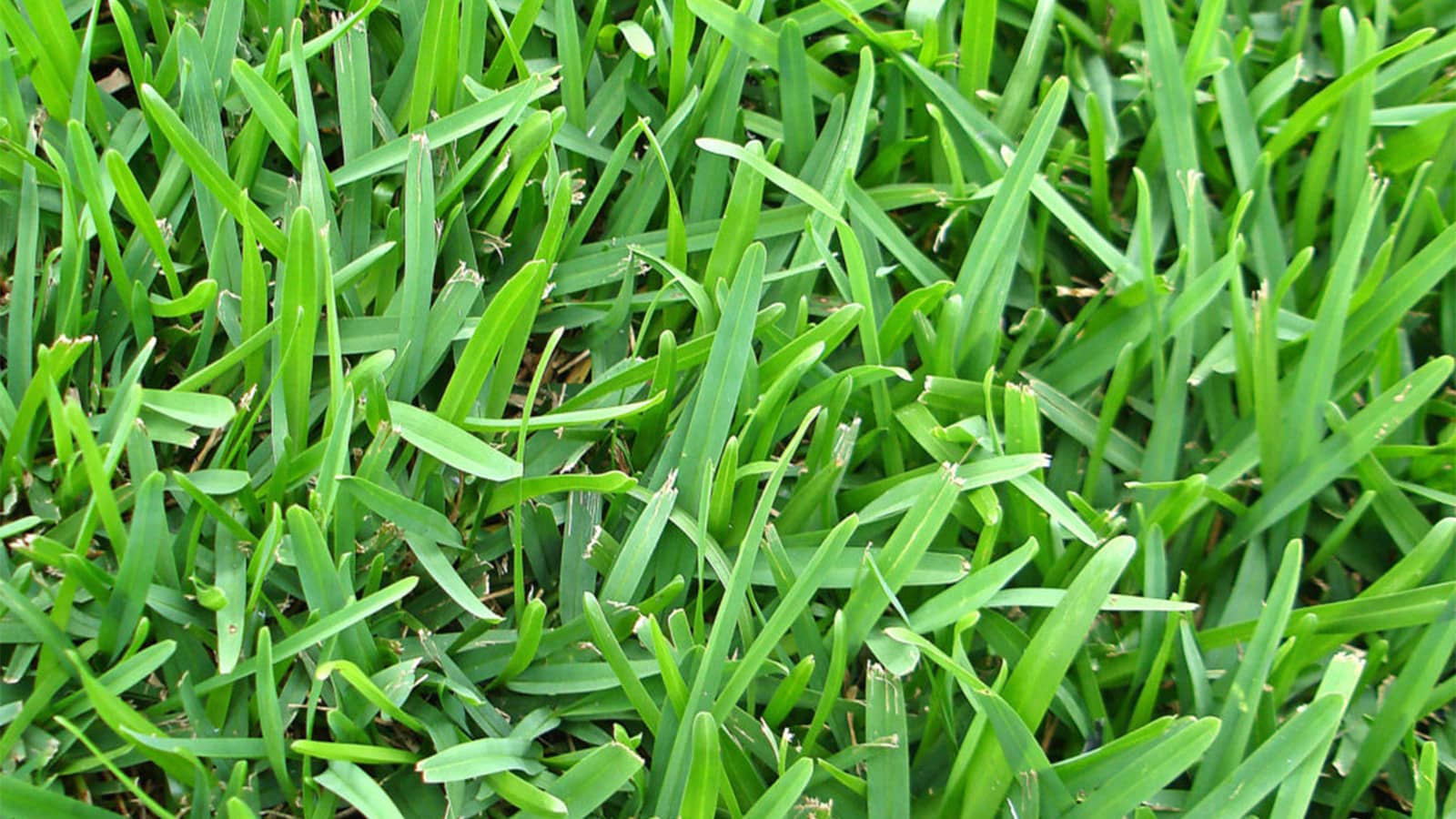
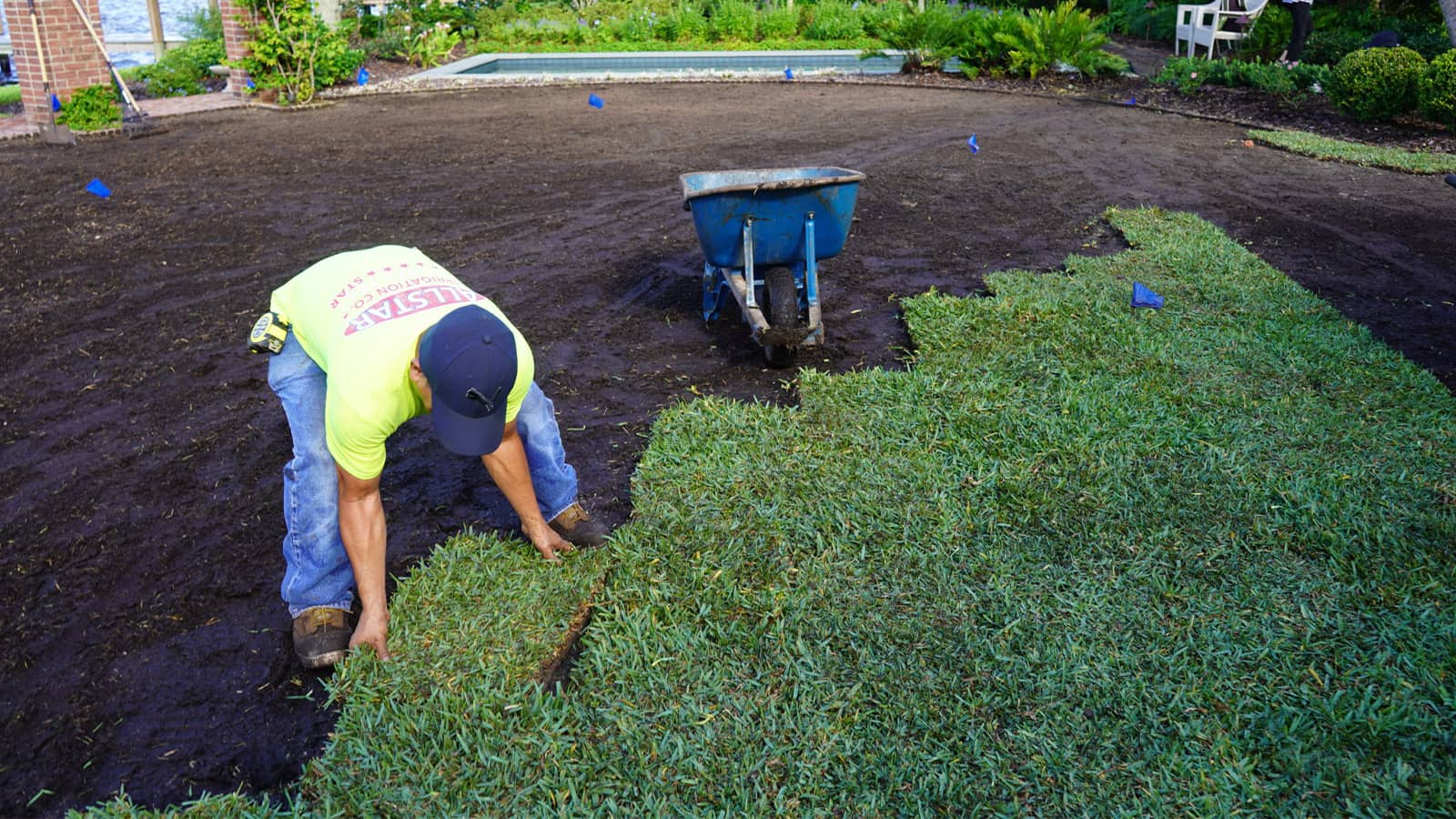
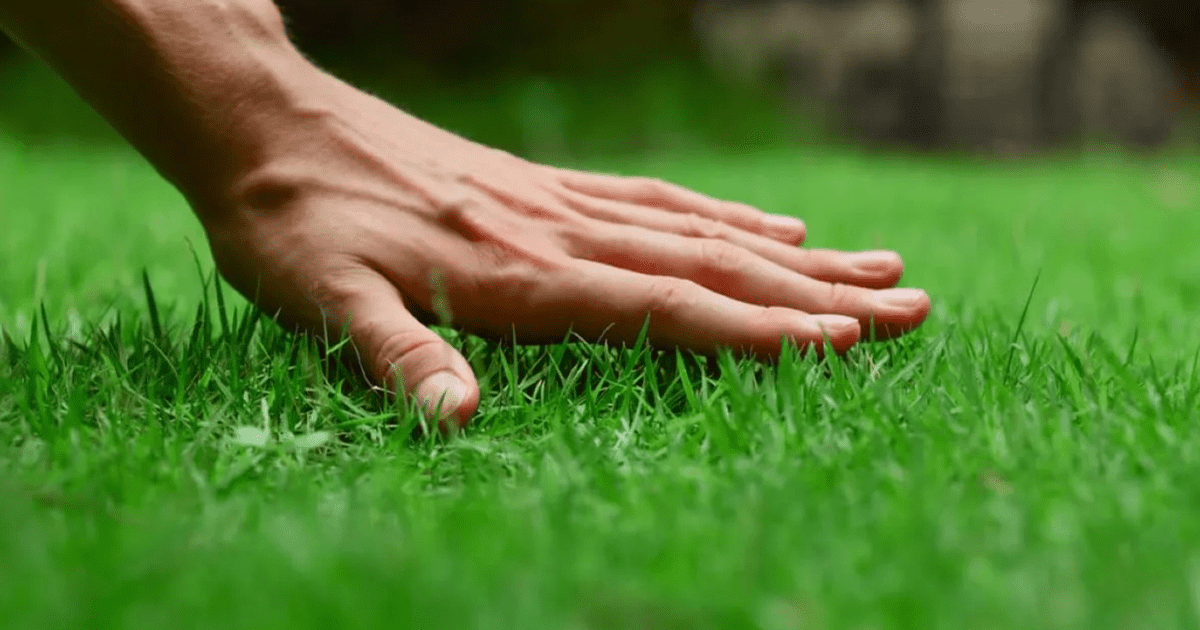
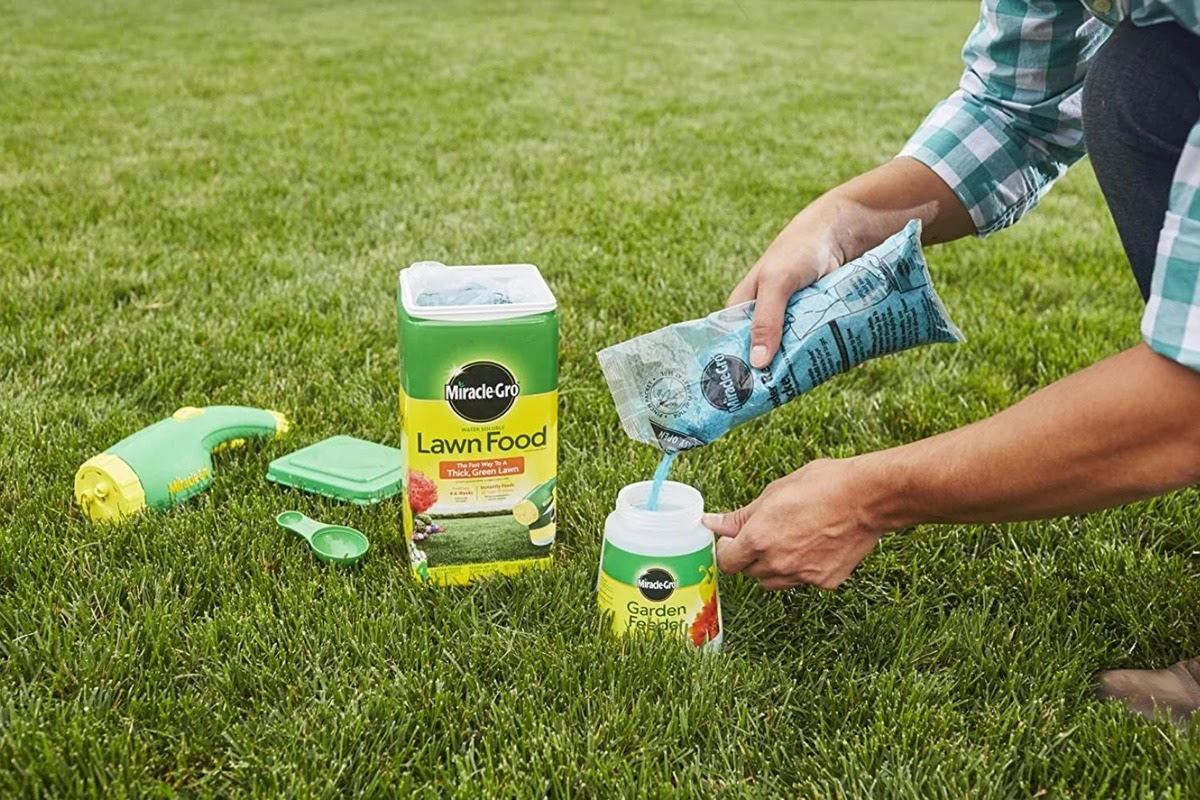
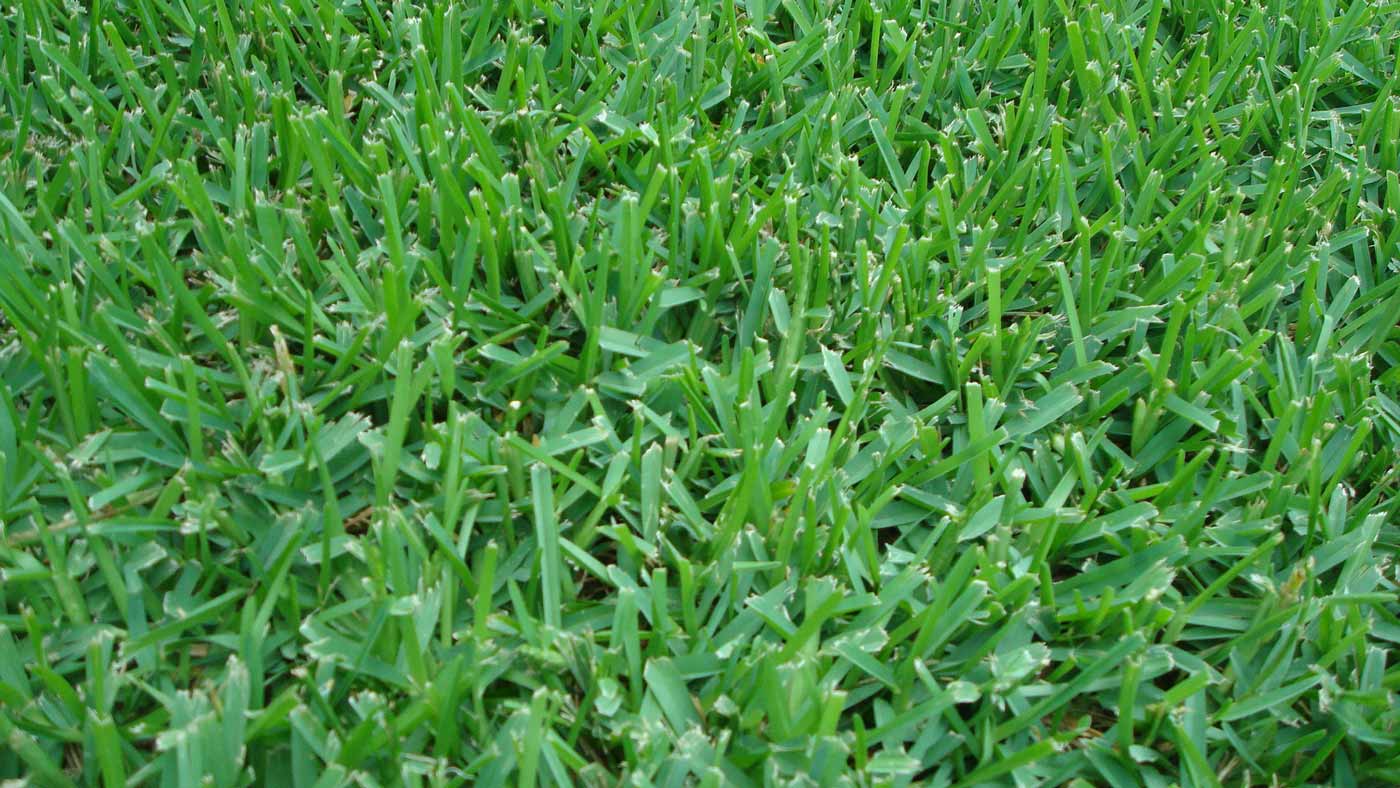
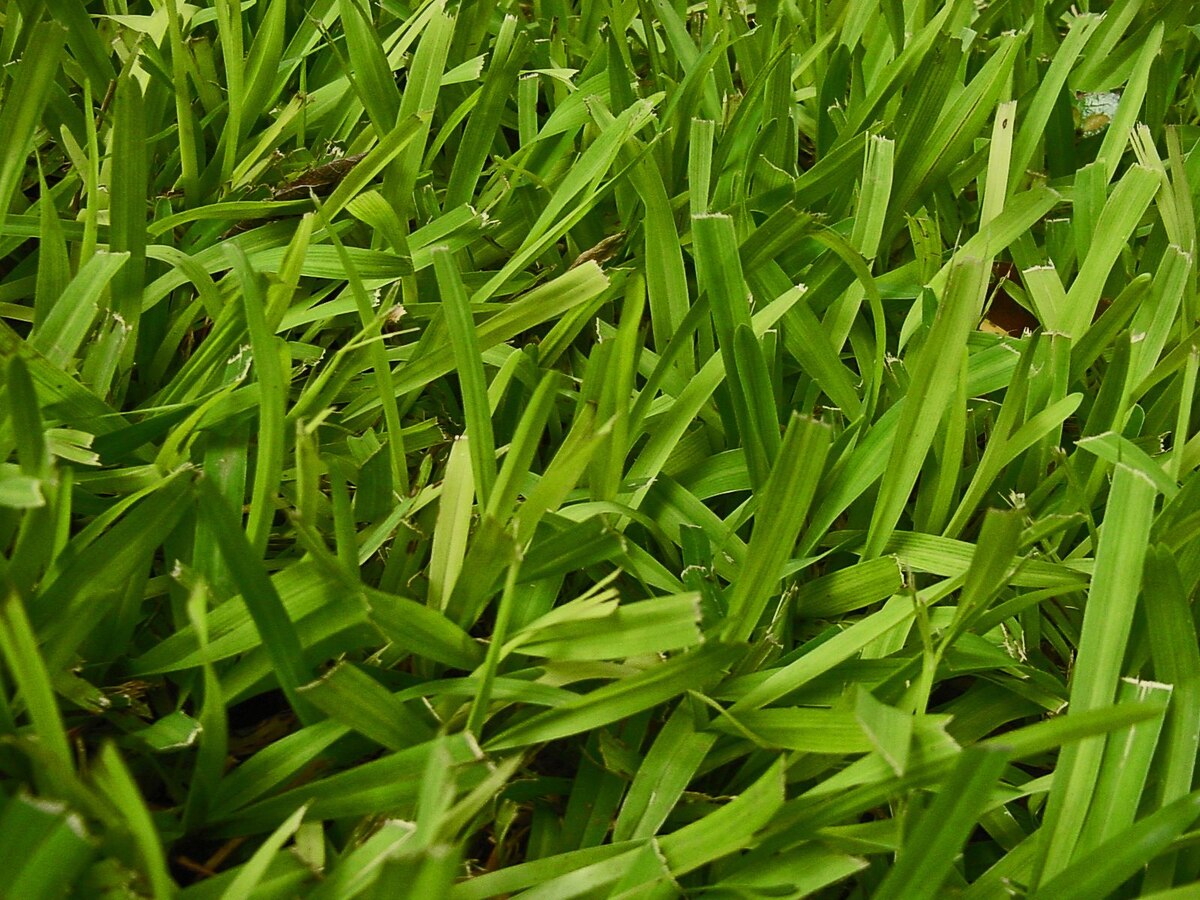
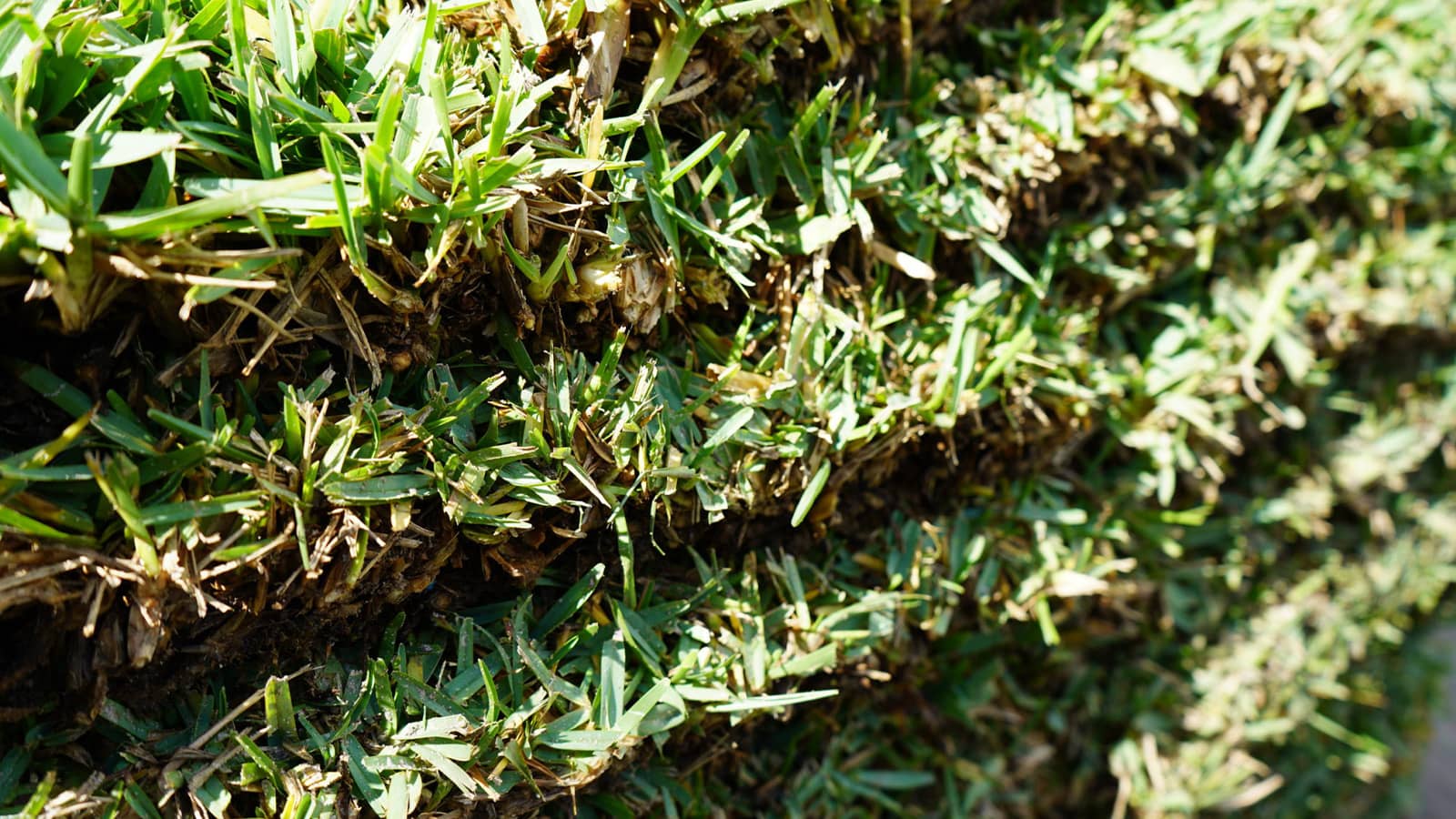
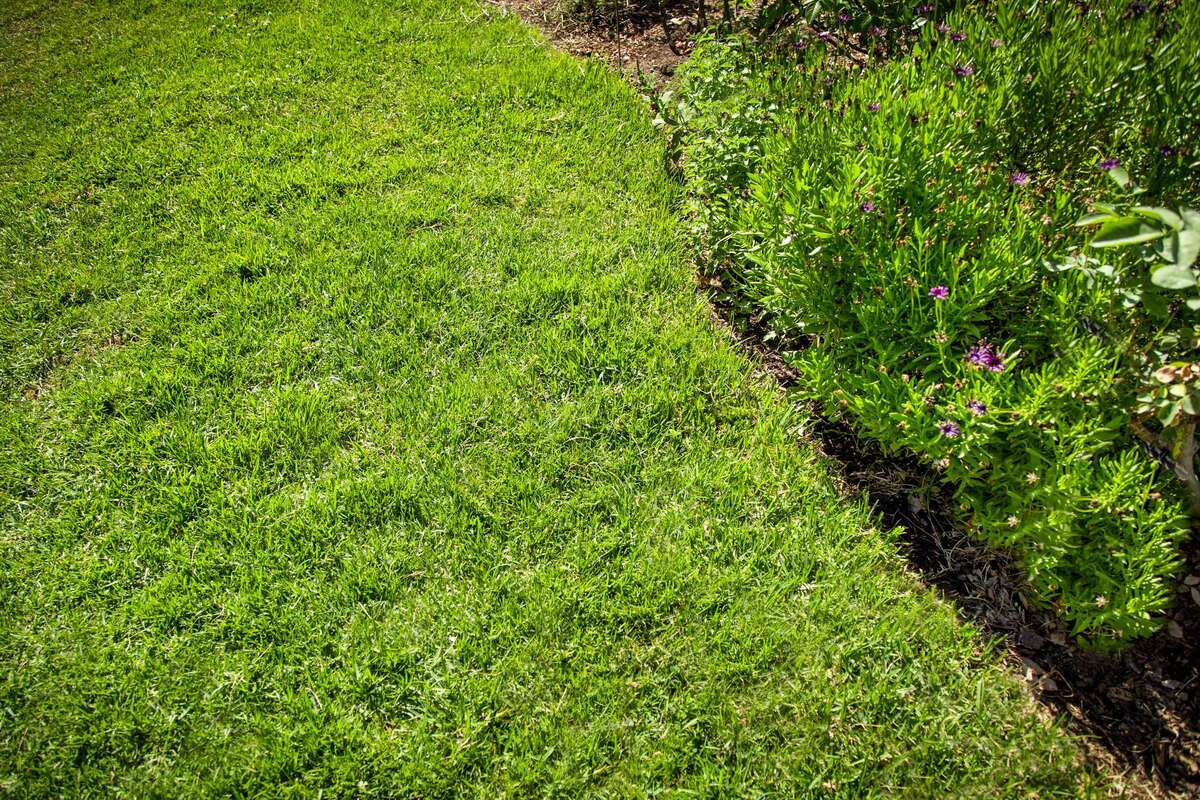
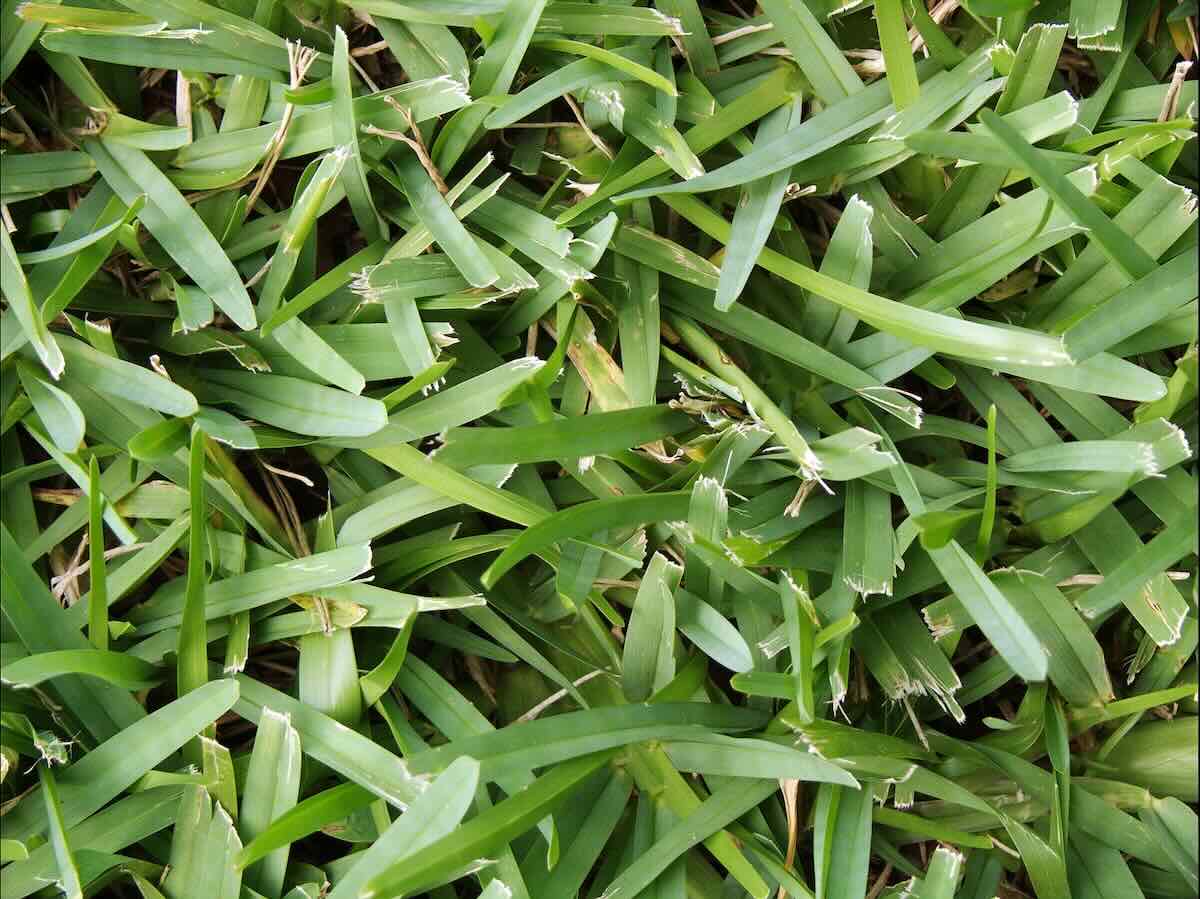
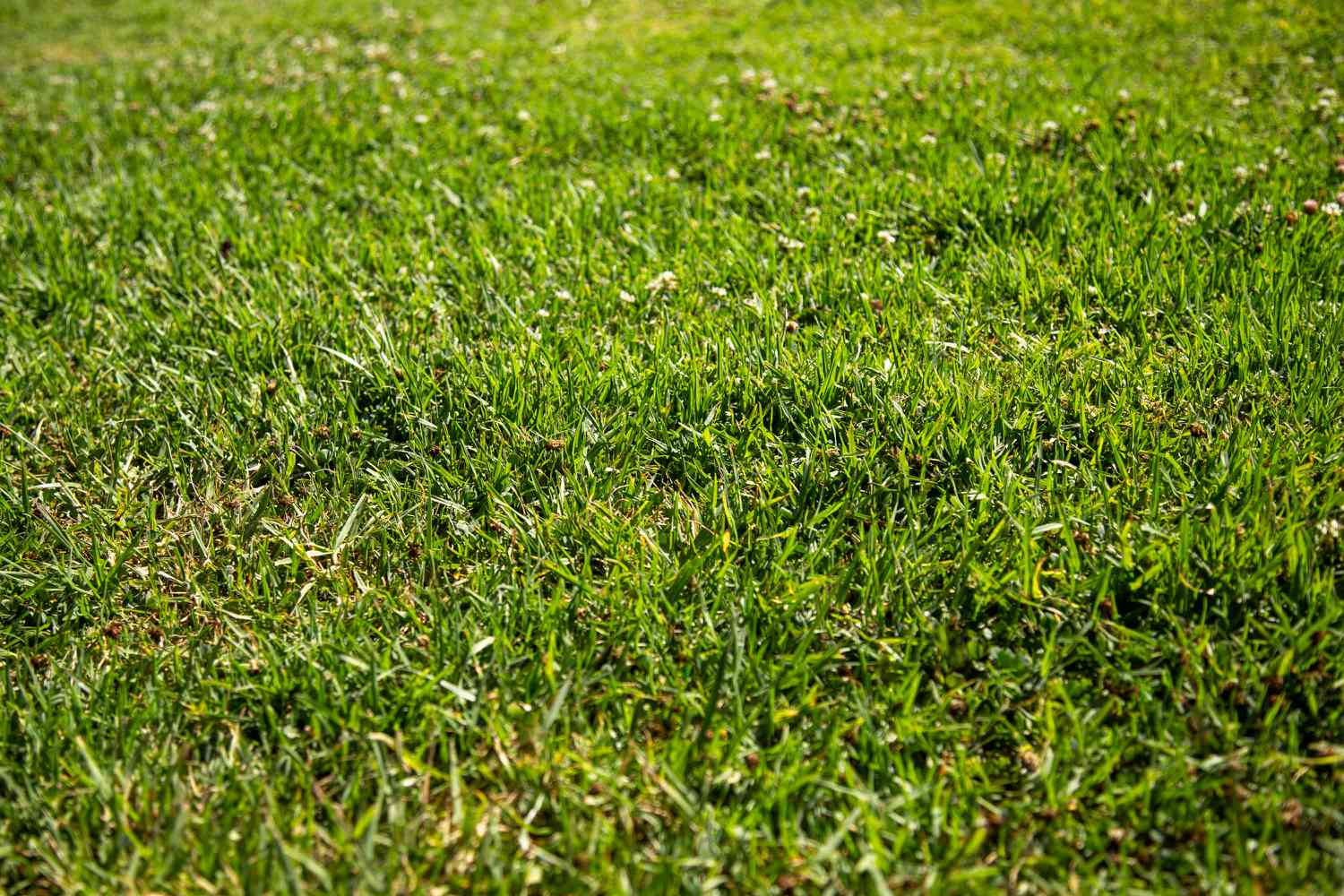
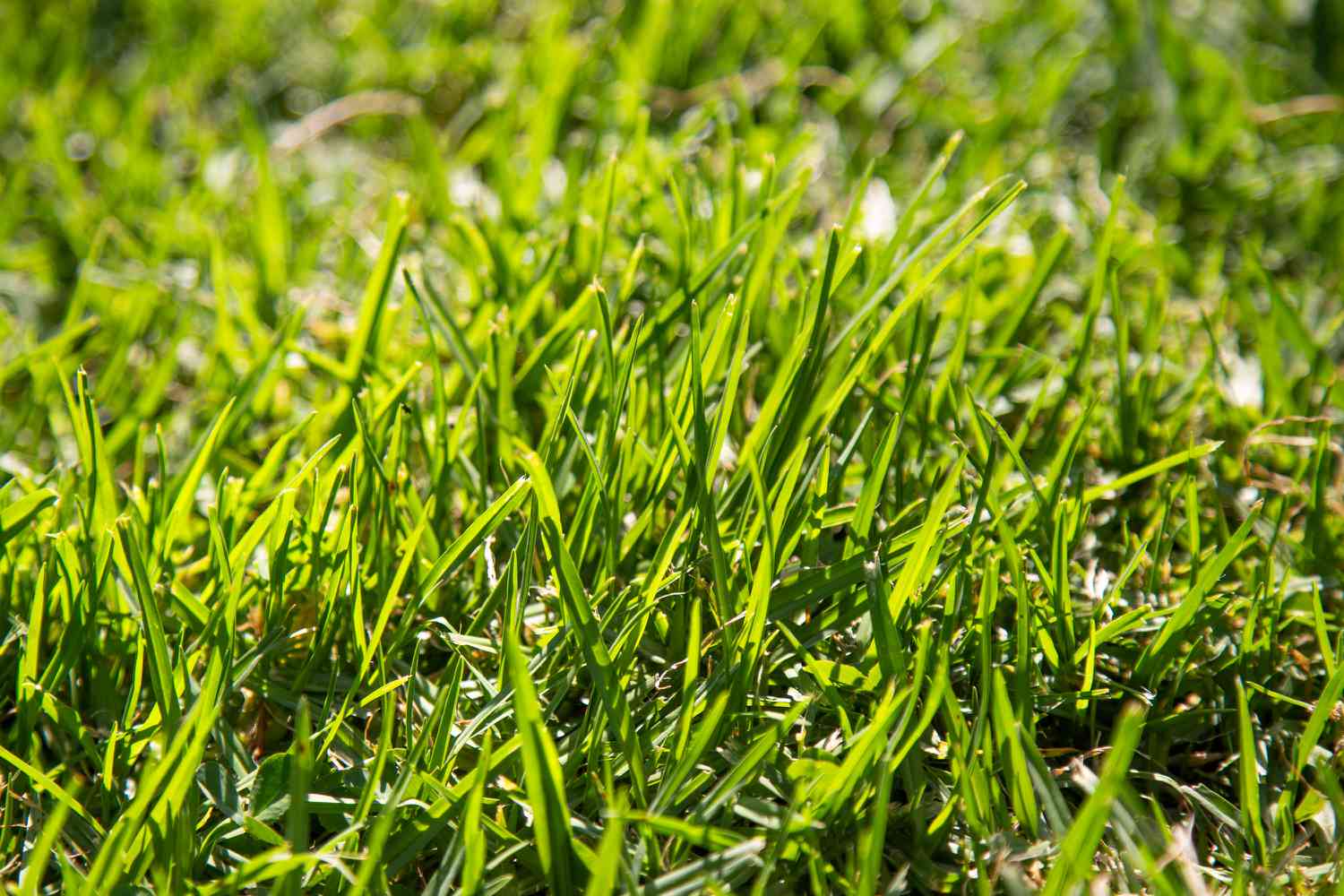
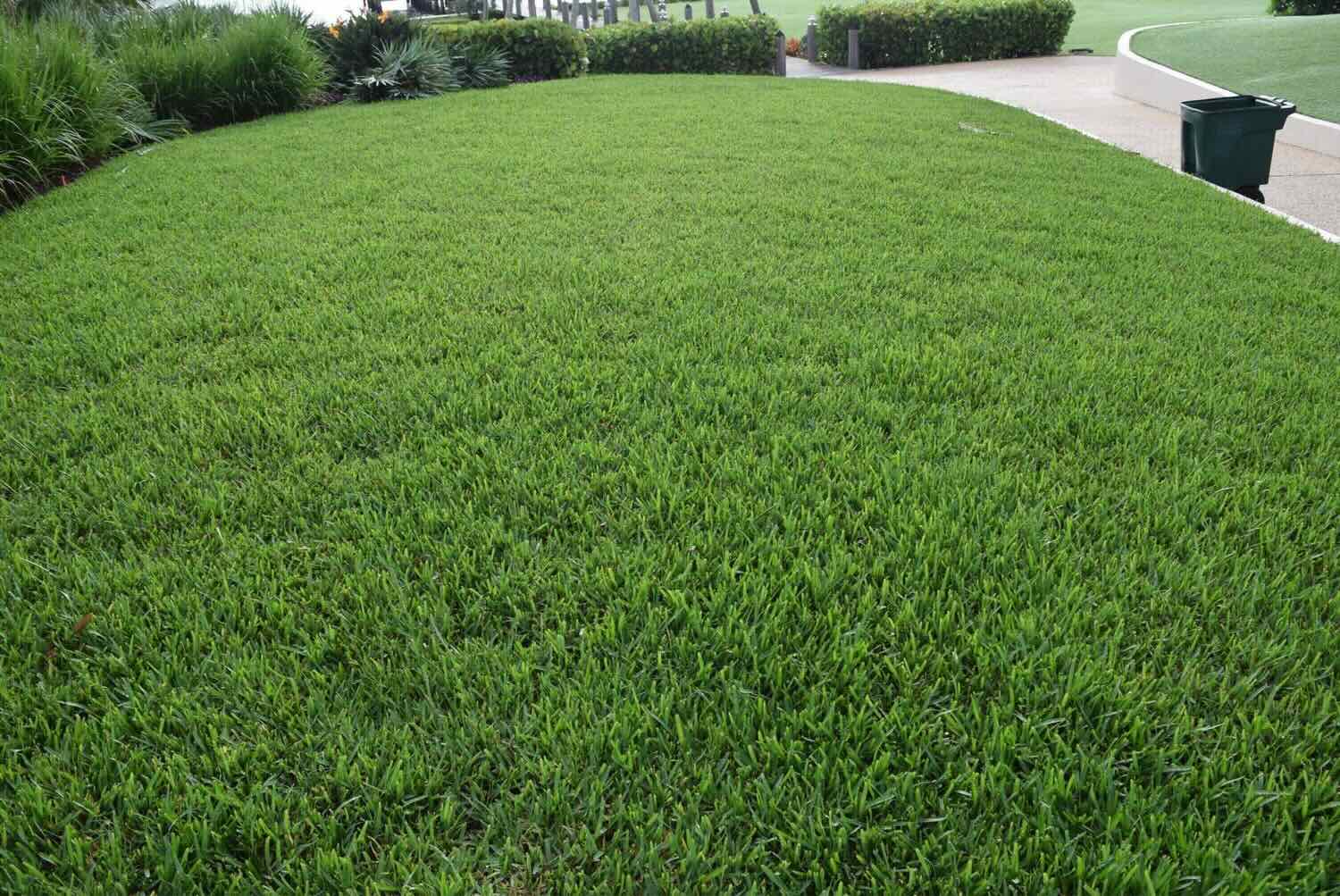
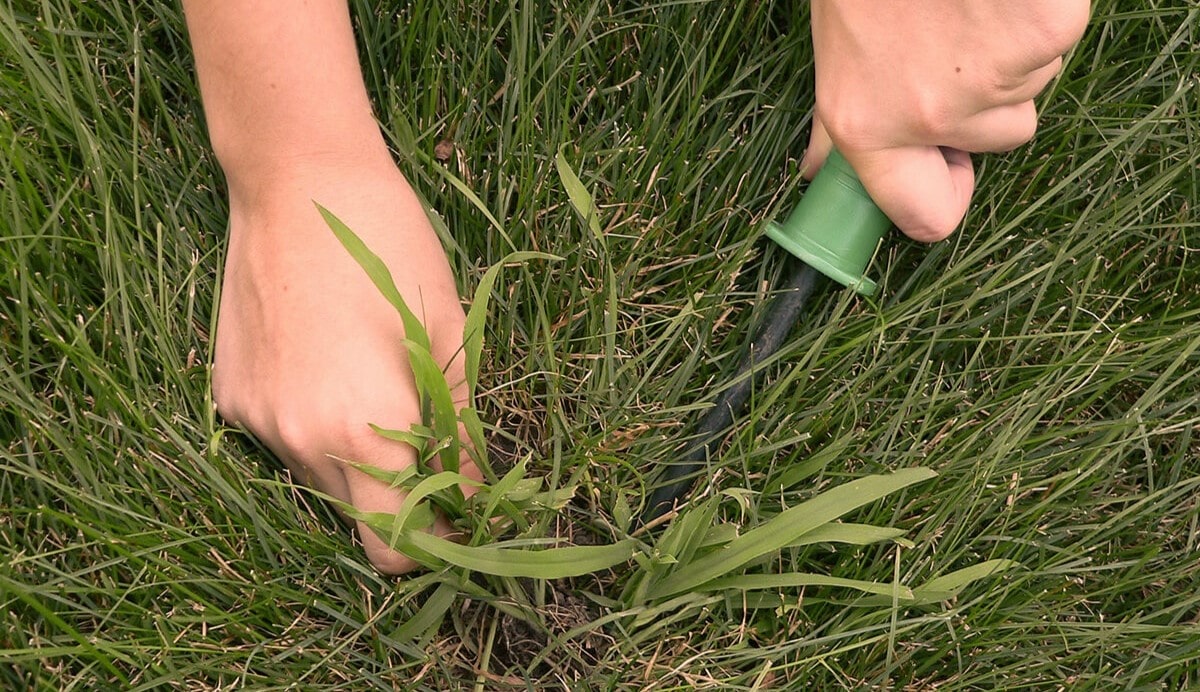

0 thoughts on “What Helps St. Augustine Grass Grow”